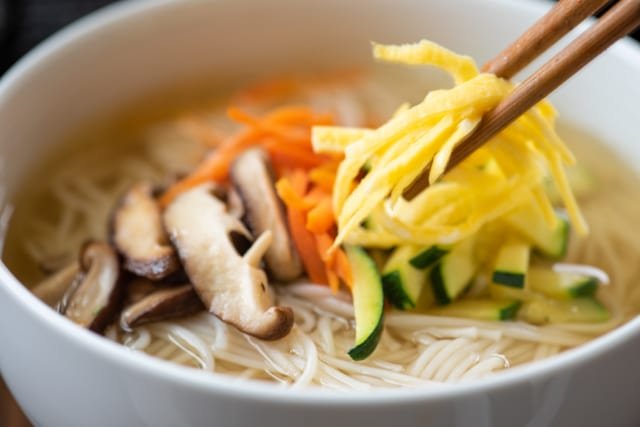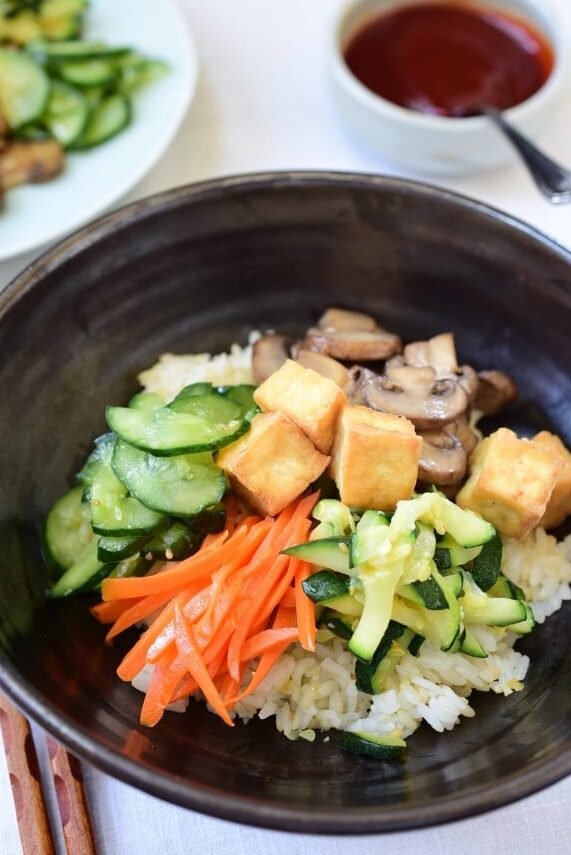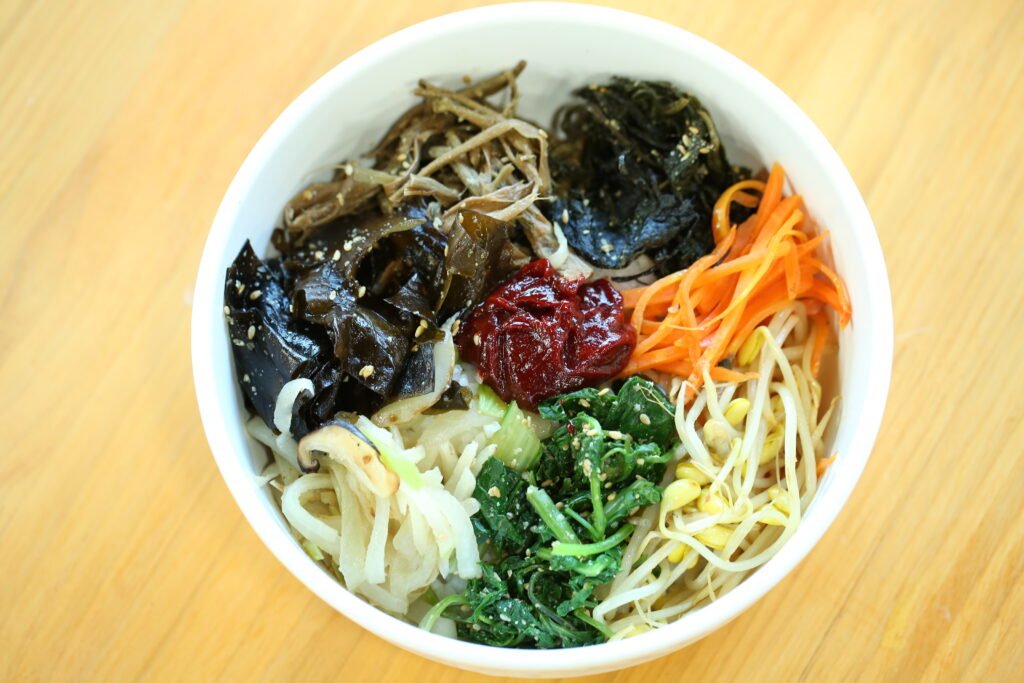Why Temple Cuisine Is the Next Big Health Trend
As wellness seekers search for diets that nourish both body and mind, Korean temple cuisine—a plant-based, low-oil, spice-gentle tradition—has emerged as a “silent healing diet.” Rooted in Buddhist principles, temple food excludes all meats, dairy, and the five pungent vegetables (garlic, green onion, chives, wild leek, scallion), focusing instead on seasonal produce, natural seasonings, and mindful preparation. The result? Deep, balanced flavors, low cholesterol, and a rich supply of vitamins and minerals.
Top 4 Temple Cuisine Recipes to Try at Home
Here are four iconic dishes that capture the essence of temple cuisine. Each recipe is simple, nutrient-dense, and designed to foster a meditative cooking experience.
1. Onguk-su (Warm Vegetable Broth Noodles)

- Broth Base: Simmer radish, cabbage, shiitake mushrooms, and carrots in water for 30–40 minutes.
- Heat Element: Place chili seeds in a mesh sachet for gentle warmth without overpowering spice.
- Assembly: Cook somyeon (thin wheat noodles), drain, then ladle broth over. Top with toasted seaweed strips, shredded kimchi, and a sprinkle of sesame seeds.
- Health Highlight: Rich in fiber and antioxidants, this dish supports digestion and circulation.
2. Dubu-tang Bibimbap (Tofu Stew Mixed Rice)

- Sautéed Namul: Lightly stir-fry bean sprouts, bellflower root, fernbrake, radish, zucchini, and seaweed in camellia oil with sesame salt and tamari.
- Tofu Stew: Simmer firm tofu and diced radish in vegetable broth until tender.
- Mix & Serve: Combine rice, namul, and tofu stew in a bowl. Optionally, add a dollop of gochujang for color and depth.
- Health Highlight: High in plant protein and micronutrients, ideal for muscle support and balanced blood sugar.
3. Miyeok Bibimbap (Seaweed Mixed Rice)

- Seaweed Prep: Rinse fresh seaweed thoroughly, drain, and thinly slice.
- Seasoned Veggies: Lightly dress bean sprouts, water parsley, zucchini, carrots, and shiitake slices with sesame salt.
- Final Touch: Serve vegetables and seaweed over steamed rice; top with a side of gochujang and a sprinkle of sesame seeds.
- Health Highlight: Seaweed’s natural iodine and fiber content promote thyroid health and detoxification.
4. Bam Seolgi (Chestnut Rice Cake)
- Rice Soak: Soak equal parts sweet glutinous rice and regular short-grain rice for 3–4 hours.
- Milling & Flavor: Drain, lightly salt, then mill to a fine consistency. Mix in a touch of sugar.
- Steam & Garnish: Layer rice in a steamer with dried persimmons, jujubes, and chestnut pieces. Steam until set.
- Health Highlight: A naturally sweet, gluten-free dessert rich in complex carbohydrates for sustained energy.
Mindful Eating and Beyond
Preparing temple cuisine is more than following recipes—it’s a practice in mindfulness. Each step, from washing vegetables to the gentle stir of a spoon, becomes a moment of meditation. Incorporating these dishes into your weekly meal plan can:
- Reduce inflammation with whole-food ingredients
- Support digestive health through high-fiber vegetables
- Enhance mental clarity by avoiding overly stimulating flavors
- Foster a deeper connection to your food and its origins